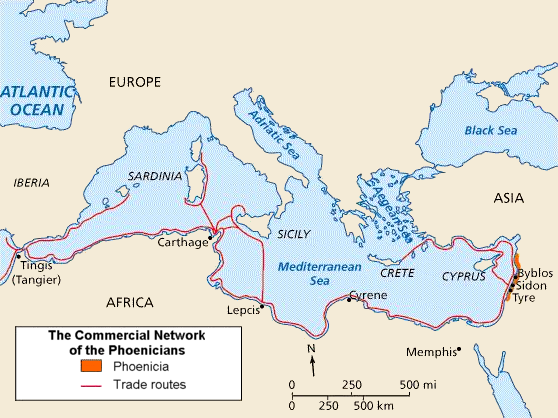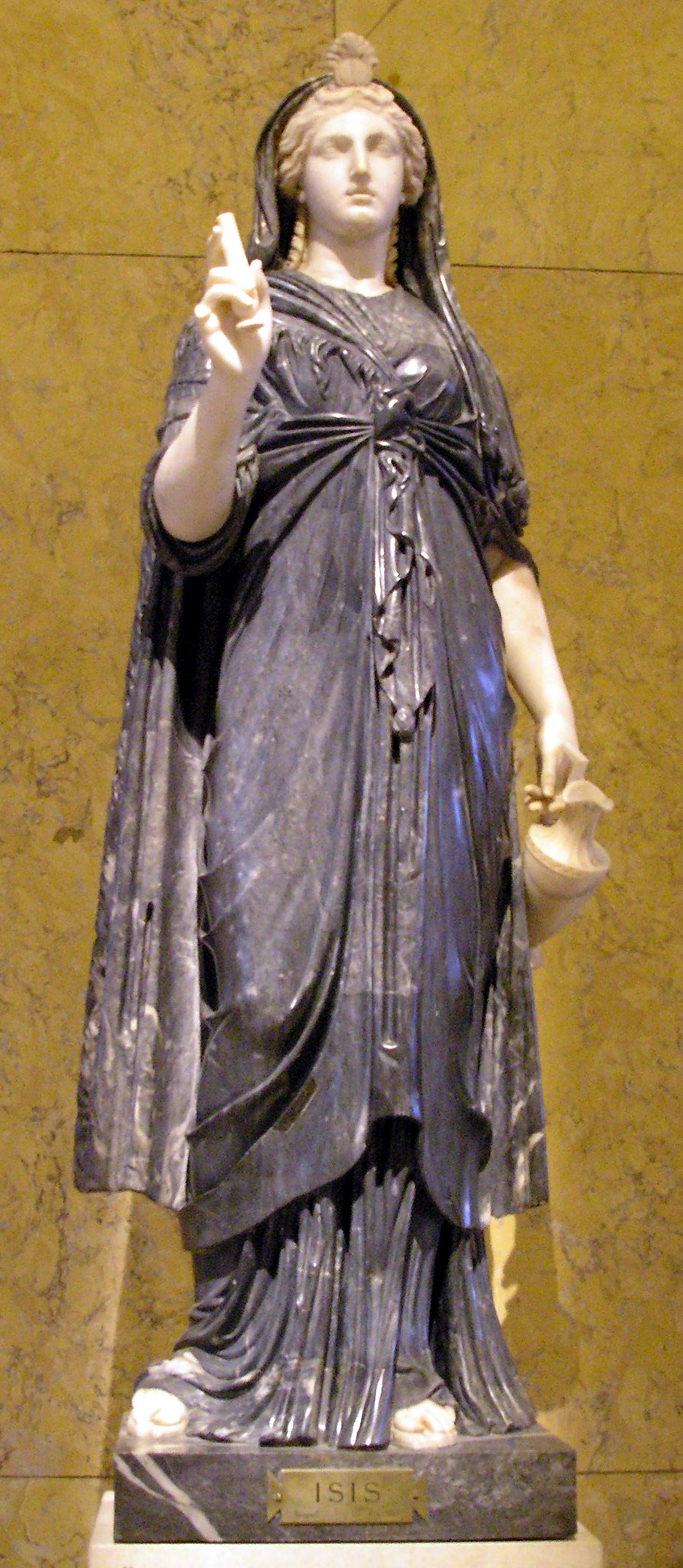|
Massa Candida
The Massa Candida were 300 early Christian martyrs from Utica who chose death rather than offering incense to Roman Gods, in approximately 253-60 AD. They were put to death by Galerius Maximus, the governor of the province of Africa Africa Proconsularis was a Roman province on the northern African coast that was established in 146 BC following the defeat of Carthage in the Third Punic War. It roughly comprised the territory of present-day Tunisia, the northeast of Algeria, .... The title "Massa Candida" or "White Mass or Lump" refers to their manner of death. The ''Catholic Encyclopedia'' reports that they were hurled into a pit of burning lime and thus reduced to a mass of white powder. They are commemorated on August 24. References 3rd-century Christian martyrs Year of birth unknown {{Christianity-bio-stub ... [...More Info...] [...Related Items...] OR: [Wikipedia] [Google] [Baidu] |
Christian Martyrs
In Christianity, a martyr is a person considered to have died because of their testimony for Jesus or faith in Jesus. In years of the early church, stories depict this often occurring through death by sawing, stoning, crucifixion, burning at the stake or other forms of torture and capital punishment. The word ''martyr'' comes from the Koine word μάρτυς, ''mártys'', which means "witness" or "testimony". At first, the term applied to Apostles. Once Christians started to undergo persecution, the term came to be applied to those who suffered hardships for their faith. Finally, it was restricted to those who had been killed for their faith. The early Christian period before Constantine I was the "Age of Martyrs". "Early Christians venerated martyrs as powerful intercessors, and their utterances were treasured as inspired by the Holy Spirit." In western Christian art, martyrs are often shown holding a palm frond as an attribute, representing the victory of spirit over fle ... [...More Info...] [...Related Items...] OR: [Wikipedia] [Google] [Baidu] |
Utica, Tunisia
Utica () was an ancient Phoenician and Carthaginian city located near the outflow of the Medjerda River into the Mediterranean, between Carthage in the south and Hippo Diarrhytus (present-day Bizerte) in the north. It is traditionally considered to be the first colony to have been founded by the Phoenicians in North Africa. After Carthage's loss to Rome in the Punic Wars, Utica was an important Roman colony for seven centuries. Today, Utica no longer exists, and its remains are located in Bizerte Governorate in Tunisia – not on the coast where it once lay, but further inland because deforestation and agriculture upriver led to massive erosion and the Medjerda River silted over its original mouth."Utica (Utique) Tunisia" ''The Princeton Encyclopedia of Classical Sites. ... [...More Info...] [...Related Items...] OR: [Wikipedia] [Google] [Baidu] |
Roman Gods
The Roman deities most widely known today are those the Romans identified with Greek counterparts (see ''interpretatio graeca''), integrating Greek myths, iconography, and sometimes religious practices into Roman culture, including Latin literature, Roman art, and religious life as it was experienced throughout the Empire. Many of the Romans' own gods remain obscure, known only by name and sometimes function, through inscriptions and texts that are often fragmentary. This is particularly true of those gods belonging to the archaic religion of the Romans dating back to the era of kings, the so-called "religion of Numa", which was perpetuated or revived over the centuries. Some archaic deities have Italic or Etruscan counterparts, as identified both by ancient sources and by modern scholars. Throughout the Empire, the deities of peoples in the provinces were given new theological interpretations in light of functions or attributes they shared with Roman deities. An extensive al ... [...More Info...] [...Related Items...] OR: [Wikipedia] [Google] [Baidu] |
Galerius Maximus
Galerius Maximus was a Roman senator, who was active during the mid third century. He was suffect consul for an undetermined ''nundinium'' in the early 240s. Galerius Maximus is best known as the proconsul of Roman Africa who condemned Bishop Cyprian to death for not obeying the dictates of emperors Valerian and Gallienus Publius Licinius Egnatius Gallienus (; c. 218 – September 268) was Roman emperor with his father Valerian from 253 to 260 and alone from 260 to 268. He ruled during the Crisis of the Third Century that nearly caused the collapse of the empi ... and making public sacrifices.''Acta proconsularia'', iii.3; English translation in W.H.C. Frend, ''A New Eusebius: Documents illustrating the history of the Church to AD 337'', revised edition (London: SPCK, 1987), pp. 247-250 References 3rd-century Romans Suffect consuls of Imperial Rome Roman governors of Africa {{AncientRome-bio-stub ... [...More Info...] [...Related Items...] OR: [Wikipedia] [Google] [Baidu] |
Province Of Africa
Africa Proconsularis was a Roman province on the northern African coast that was established in 146 BC following the defeat of Carthage in the Third Punic War. It roughly comprised the territory of present-day Tunisia, the northeast of Algeria, and the coast of western Libya along the Gulf of Sirte. The territory was originally inhabited by Berber people, known in Latin as ''Mauri'' indigenous to all of North Africa west of Egypt; in the 9th century BC, Phoenicians built settlements along the Mediterranean Sea to facilitate shipping, of which Carthage rose to dominance in the 8th century BC until its conquest by the Roman Republic. It was one of the wealthiest provinces in the western part of the Roman Empire, second only to Italy. Apart from the city of Carthage, other large settlements in the province were Hadrumetum (modern Sousse, Tunisia), capital of Byzacena, and Hippo Regius (modern Annaba, Algeria). History Rome's first province in northern Africa was established ... [...More Info...] [...Related Items...] OR: [Wikipedia] [Google] [Baidu] |
3rd-century Christian Martyrs
The 3rd century was the period from 201 ( CCI) to 300 (CCC) Anno Domini (AD) or Common Era (CE) in the Julian calendar.. In this century, the Roman Empire saw a crisis, starting with the assassination of the Roman Emperor Severus Alexander in 235, plunging the empire into a period of economic troubles, barbarian incursions, political upheavals, civil wars, and the split of the Roman Empire through the Gallic Empire in the west and the Palmyrene Empire in the east, which all together threatened to destroy the Roman Empire in its entirety, but the reconquests of the seceded territories by Emperor Aurelian and the stabilization period under Emperor Diocletian due to the administrative strengthening of the empire caused an end to the crisis by 284. This crisis would also mark the beginning of Late Antiquity. In Persia, the Parthian Empire was succeeded by the Sassanid Empire in 224 after Ardashir I defeated and killed Artabanus V during the Battle of Hormozdgan. The Sassanids t ... [...More Info...] [...Related Items...] OR: [Wikipedia] [Google] [Baidu] |
.jpg)



